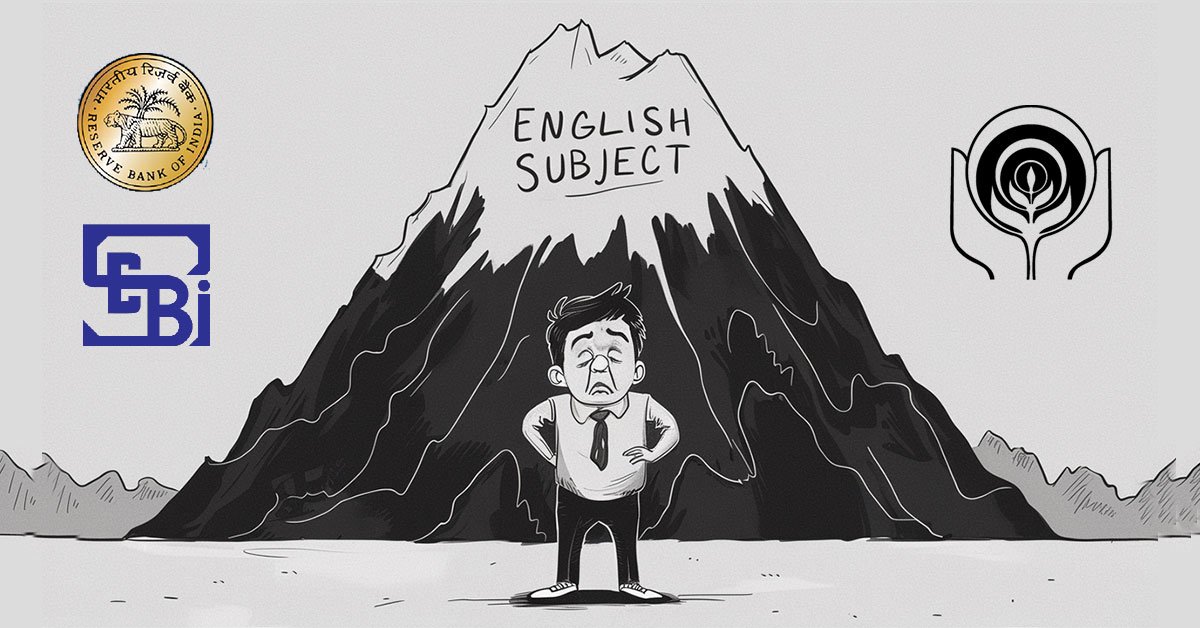Context:
The Union Budget 2025-26 announced by the Finance Minister, Nirmala Sitharaman, will be a continuation of the government’s focus on credible fiscal management. It aims at achieving a fiscal deficit at 4.8% of GDP and has thus beaten the earlier target at 4.9%, despite nominal GDP growth turning out to be lower than what was expected.
Fiscal Management Highlights
- Fiscal Deficit Target For 2025-26
- The fiscal deficit estimated would be at 4.4% of GDP. In this period, the Government would therefore signal its own expectation to come in below 4.5%.
- The peak fiscal deficit during pandemic was at the level of 9.2% of the GDP for 2020-21. In addition, from fiscal years 2026-27 onwards, a rising debt to GDP ratio, in order to achieve the goal for containing fiscal deficit, would witness a declining pace over time.
Capex Strategy
- Capex has been lower this year due to the election related restrictions, but it remains higher than the pre COVID years.
- The budgeted capex for 2025-26 remains at 3.1% of GDP with continued focus on infrastructure investment
Public Debt Management & Long Term Targets
- Indicators of debt management include the target for the debt-to-GDP ratio at 50% (±1%) as on March 31, 2031.
- Growth Projections
- 10% growth in nominal terms, the debt to GDP shall decline to 52% by 2030-31.
- With 11% nominal GDP growth and stronger fiscal consolidation, it may drop to 47.5%. It is above the initial FRBM target of 40% central government debt by 2024 25.
General Government Debt & Economic Risks
- General government debt of state governments is 70-75% of GDP and well above the recommended 60% of GDP.
- Debt by State Governments accounts for close to 28% of the GDP and further adds to quite high debt levels.
- A massive debt burden siphons fiscal resources, preventing much of its availability for any development and welfare programs.
- Only interest payments shall account for well over 3.5% of the GDP in 2025-26, which can limit the fiscalflexibility.
















